19 Things That Will Move Oil Prices This Year

19 Things That Will Move Oil Prices This Year
What will cause the next swing in oil prices?
Oil prices are notoriously volatile, which has certainly been the case in the past year. Crude prices were on the upswing for most of 2018, rising nearly 30% through early October before plunging 40% from the peak to end the year. Oil, however, has already bounced back more than 20% in 2019.
A laundry list of factors drove the wild swings in the oil market last year and could continue doing the same again this year. Here are 19 things that already have or will likely move the price of crude oil in 2019.
Previous
Next
![The flags of OPEC nations flying under a blue sky.]](https://m.foolcdn.com/media/dubs/images/The_flags_of_OPEC_n.e66a2b1b.fill-800x373.jpegquality-50.jpg)
1. OPEC flexes its muscles
Few entities can move the oil market as much as OPEC, which is a group of 14 oil-producing nations that coordinate their petroleum policies to "secure fair and stable prices." This group was one of the driving factors behind oil’s wild ride last year as it cut production to start the year -- driving prices higher -- only to reverse course by mid-year, which played a key role in crude’s collapse. OPEC has also been one of the key forces behind 2019’s upward move in the oil market as the organization, in conjunction with several non-members, agreed to reduce their output by 1.2 million barrels per day through the first half of 2019. OPEC will likely continue impacting oil prices this year, especially as it decides what to do during the second half.
Previous
Next
![A sphere with the Iranian flag next to the word oil.]](https://m.foolcdn.com/media/dubs/images/A_sphere_with_the_I.a7810ae8.fill-800x373.jpegquality-50.jpg)
2. Iranian sanctions grow more powerful
Iran was the single biggest factor driving the wild swings in the oil market last year. In May, the Trump Administration promised to impose powerful sanctions on Iran, which lit a fire under crude prices. Many oil market watchers feared that this could cause a shortage of supplies and might even push oil prices back into the triple digits, which is why OPEC hiked its production mid-year. While the Trump Administration initially wanted to severely limit Iran's ability to export oil, it ended up granting waivers to eight of Iran’s key oil buyers, which quickly deflated the oil market. Those waivers expire this May, and while the U.S. will likely extend some, it probably won’t keep them all in place. If it removes more countries from the list than analysts currently anticipate, it could cause oil prices to catch fire again.
Previous
Next

3. Saudi Arabia continues taking matters into its own hands
As the largest oil producer in OPEC, Saudi Arabia sets the tone for that organization. Not only has it been a driving force in convincing other members to reduce their output in recent years to help prop up oil prices, but it has gone above and beyond to ensure success. In December of last year, for example, the country pledged to reduce its output by 250,000 barrels per day (BPD) in 2019 as part of an 800,000 BPD supply cut by OPEC. However, in February, Saudi Arabia said it would slash its output by at least 500,000 BPD more than initially planned to ensure global supplies don’t outpace demand in 2019. The move sent crude prices up 2% on that day alone. The country’s willingness to take matters into own its hands will likely lead to more big moves in the oil market this year.
Previous
Next

4. Russia continues its cozy relationship with OPEC
While Russia isn’t an official OPEC member, it's one of several outsiders that have been working closely with the organization since late 2016. As one of the world’s three largest oil producers, its participation has been key to the success of OPEC’s production reduction agreements. That isn’t likely to end in 2019 as the country is considering a more formal long-term relationship with OPEC. Because of that, Russia will likely remain a vocal supporter of that group. Comments by the country’s oil minister alone could move the market, especially if they signal the country’s willingness to make a deeper production cut if crude prices were to begin sliding.
Previous
Next
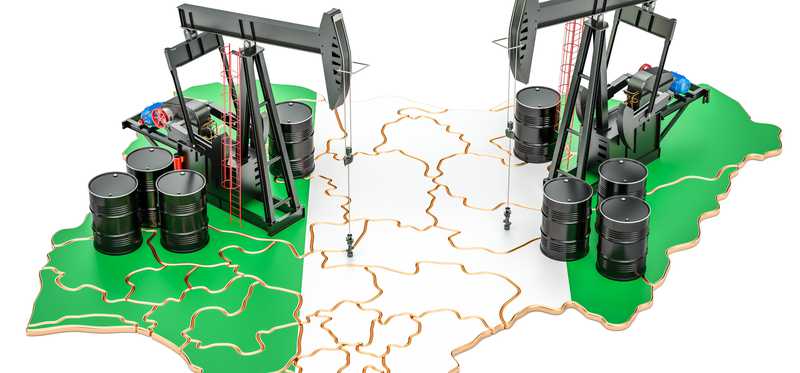
5. Nigerian rebels strike again
Nigeria is one of the largest oil producers in Africa, and was pumping out 1.7 million BPD at the end of last year. As an OPEC member, it’s expected to participate in the current round of cuts, with it pledging to reduce its output by 2.5% in 2019. The country, however, has had a hard time in the past maintaining its production rate due to attacks by militant groups who target the oil industry. Another attack on either a major oil pipeline or production facility could negatively impact Nigeria’s output, which would likely provide a short-term boost to oil prices.
Previous
Next

6. Libyan violence flares up again
Libya, much like Nigeria, has struggled to maintain a steady supply of oil due to violent uprisings in the country. These militant groups have targeted the country’s oil industry by blocking access to oil fields and pipelines as well as attacking export terminals. In December, for example, militants shut down that country’s biggest oil field, taking about 378,000 BPD offline, which was a significant portion of the country’s 1.3 million BPD output level at that time. Another attack on the country’s oil infrastructure could impact its ability to supply the oil market with crude, which would likely boost prices.
Previous
Next
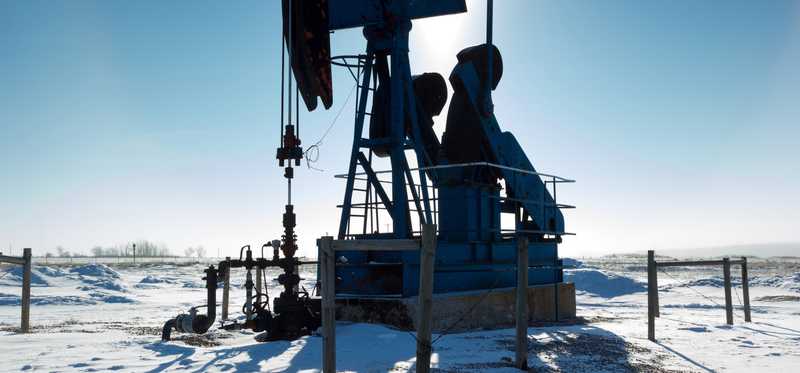
7. Canada shifts its policy
Canada is one of the five largest oil producers in the world, with it pumping out nearly 5 million barrels per day in 2017, good for 5% of the global total. Canada’s output level has grown so much in recent years that it no longer has the pipeline space to move all its oil, especially in light of the continued construction delays of key expansion projects. Those capacity constraints put significant pressure on regional oil prices, which forced the government of Alberta, Canada’s main oil-producing region, to impose a mandatory 8.7% production curtailment, or roughly 325,000 BPD, through the first part of 2019 before moderating to a 95,000 BPD cut through the end of the year after inventories reach the desired level. That action has proved to be a success as oil prices not only in Canada but across the world have been on the upswing in 2019. Because of that, Canada could ease the restriction sooner than expected, or drop it altogether, which would likely put some downward pressure on oil prices.
Previous
Next

8. Venezuela’s free fall accelerates
Venezuela has the largest oil reserves in OPEC. The South American country, however, hasn’t been able to leverage that position into a leading production base. Instead, its output has been falling off a cliff in recent years because the country isn’t investing enough money to develop its aging oil fields due to its current economic slump. That decline could accelerate in 2019 because the U.S. initiated new sanctions on the country and backed Juan Guaido as the legitimate president instead of current leader Nicolas Maduro. If the country plunges into an all-out civil war, output could collapse, which would likely drive oil prices higher.
ALSO READ: Oil Prices Are at Risk of Spiking as the Venezuelan Crisis Deepens
Previous
Next

9. President Trump’s tweets
While previous administrations have tried to influence the oil market through diplomacy, President Trump has taken a different tactic. Any time the price of oil gets heated, the President uses Twitter to cool it down. After a $10 a barrel rebound to start the year, Trump tweeted in late February that “oil prices getting too high. OPEC, please relax and take it easy. World cannot take a price hike - fragile!” Those comments caused oil to tumble 3% on the day -- its worst loss of the year at that time -- which will likely lead the President to voice his concerns again in the future if oil rises above his comfort level.
Previous
Next

10. A natural disaster wreaks havoc on a key oil-producing region
Each year, it seems as if some natural disaster comes out of nowhere to disrupt oil prices. In 2016, wildfires ravaged Canada’s oil sands region, which caused producers to shut off 1 million BPD of supplies until the fires subsided. Meanwhile, Hurricane Harvey ravished the Gulf of Mexico and Texas coast in 2017, causing the industry to curtail production at oil fields in its path as well as several refineries while Hurricane Michael temporarily knocked out 40% of production in the U.S. Gulf of Mexico last year. Oil prices rose during each event, which would likely be the case this year should another natural disaster strike a major oil-producing region.
Previous
Next

11. Mechanical issues curtail output
The oil market is in a constant balancing act between supply and demand. Because of that, a seemingly insignificant problem can cause a major disruption in the oil market. Last year, for example, a tripped power transformer at Suncor Energy’s (NYSE: SU) Syncrude facility in Canada caused a complete shutdown of that complex, taking its 360,000 BPD offline. That issue caused oil prices to spike, and they remained elevated for a while because it took Suncor months to get that facility back up to full capacity. If another mechanical issue or pipeline outage hits a major oil facility or field, it will likely boost the price of crude oil.
Previous
Next
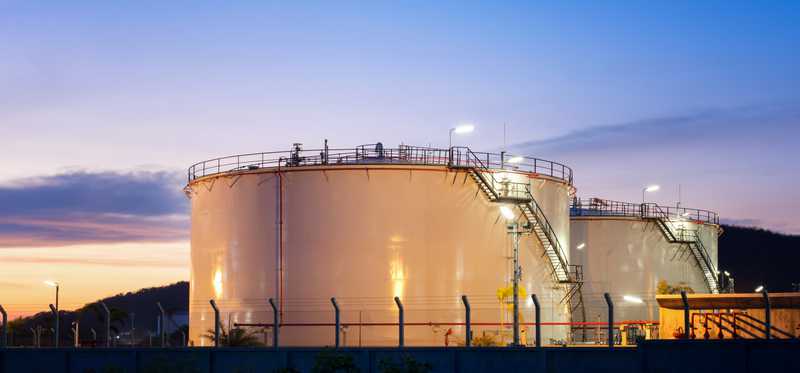
12. Oil inventory levels differ from expectations
Each week the U.S. Energy Information Administration (EIA) releases data on the current oil inventory levels across the country’s storage depots. This report can move the oil market if stockpiles rise or fall more than expected. That’s because a big uptick in crude storage levels suggests that supplies could be running ahead of demand, while a big drop implies that consumption could be accelerating.
Previous
Next
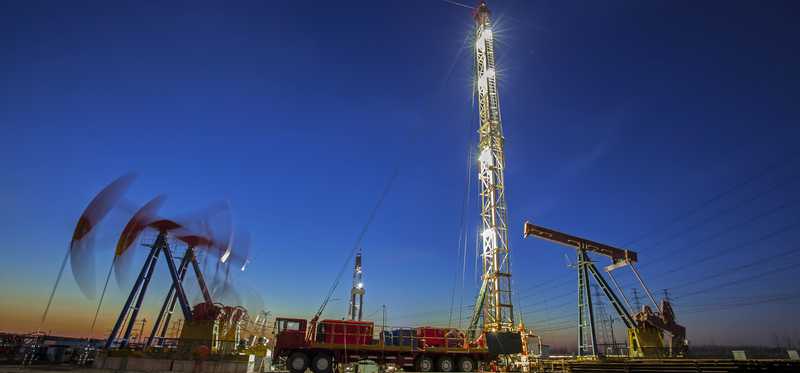
13. The U.S. oil growth forecast changes dramatically
Each month the EIA puts out its latest short-term energy outlook. This closely-watched report gives its latest forecast for a range of items, including the price of oil and U.S. oil production. In its December outlook, for example, the EIA anticipated that U.S. oil output would rise by 1.18 million BPD this year to an average of 12.06 million BPD. However, it has since made a notable upward revision to that forecast as its February outlook saw U.S. oil production averaging 12.4 million BPD this year. Another major revision, either to the upside or downward, would likely push oil prices in the opposite direction.
Previous
Next

14. The outlook for oil demand growth shifts gears
Another closely monitored monthly report comes from the International Energy Agency (IEA). This oil report covers changes in the global market, including monitoring OPEC’s output as well as changes in demand. Most oil watchers focus on what the IEA sees ahead for consumption. In its February report, for example, the IEA estimated that oil demand would grow by another 1.4 million BPD this year, which is a slight acceleration from 2018’s 1.3 million BPD growth rate. If the IEA makes a major revision to that forecast, either upward or downward, it would likely cause some major movement in the oil market.
Previous
Next

15. The U.S. oil rig count changes significantly
Each week oilfield services giant Baker Hughes (NYSE: BHGE) puts out a count on the number of drilling rigs currently operating around the world, which it has done since 1944. The oil market keeps close tabs on this report, especially the number of rigs drilling oil wells in the U.S. because it provides a glimpse of future supply growth. If the rig count falls, it suggests crude supplies will moderate in the future. That’s bullish for oil prices, though not great news for service companies like Baker Hughes since it means that service activity levels will likely drop and impact its profitability.
Previous
Next

16. Wall Street gets giddy or gloomy
Analysts who cover the oil market publish research reports on their view of where prices might go in the future, which alone can move the oil market. Goldman Sachs, for example, published a bullish note on crude prices in mid-February stating its view that the global oil benchmark price, Brent, would break out above its ceiling at the time of $64 a barrel and peak at $67.50 a barrel in 2019. Further, it criticized the view of others following the industry as being too gloomy, believing that they were underestimating oil demand as well as the “shock and awe” approach of OPEC to cut production. That note alone pushed crude prices up 2% on that day, while future reports, either bullish or bearish could further move the oil market this year.
ALSO READ: Wall Street Has Given Up on These 3 Stocks, and That's a Huge Mistake
Previous
Next

17. Chinese economic data surprises
While the U.S. is currently the world’s biggest oil consumer, China is quickly catching up, which has been a big driver of oil demand growth in recent years. Because of that, the oil market pays very close attention to China’s economy, which has seemingly been slowing down in recent months due in part to its current trade dispute with the U.S. The two nations are working on a comprehensive trade deal that could result in China buying more oil from the U.S. As such, an announcement of a formal trade agreement would likely boost crude prices. In the meantime, the market will keep a watchful eye on economic data out of China, which could move oil prices if it’s stronger or weaker than expected.
Previous
Next
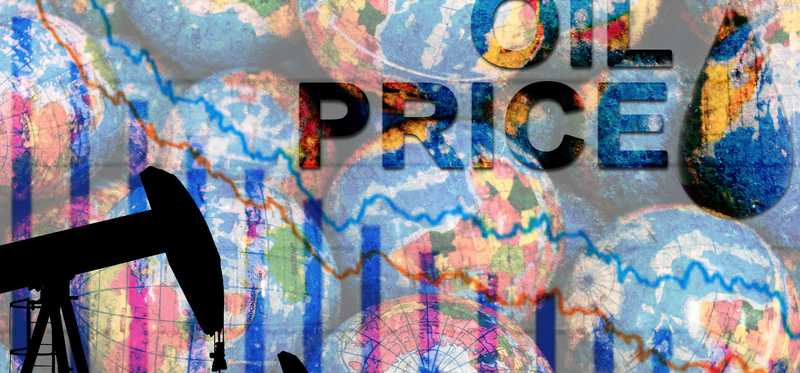
18. The global economy shifts gears
Oil prices can have a significant impact on the global economy. As crude prices heat up, it tends to slow the economy down. That was the case in 2018 as higher oil prices through the first nine months of the year caused the global economy to start slowing down over the final few months. That slowdown, when combined with the granting of waivers to most of Iran’s key customers, accelerated the sell-off in the oil market. If the global economy shifts gears again, either by decelerating further or accelerating, it will likely cause waves in the oil market.
Previous
Next
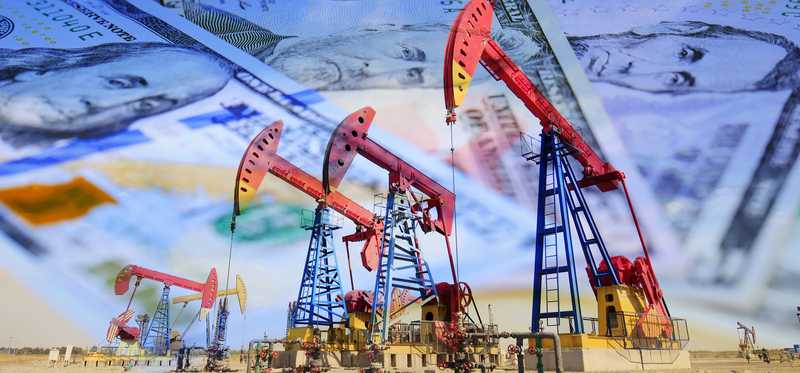
19. The U.S. dollar makes a big move
Changes in the U.S. dollar can also impact oil prices. An analyst from Bank of America noted earlier in the year that the U.S. Federal Reserve could help push oil prices higher this year. The analyst wrote, "an eventual shift in the U.S. monetary tightening path in the coming months could lead to a weaker dollar this year… and a major uplift in inflation assets like oil into the summer." That’s because as the dollar loses value to other currencies, it causes oil, which the market prices in dollars, to gain value.
ALSO READ: U.S. Oil Producers Are "Missing Out" on $100 Million a Day in Revenue
Previous
Next
![A man holding a barrel of oil with caution written on it in one hand and cash in the other hand.]](https://m.foolcdn.com/media/dubs/images/A_man_holding_a_bar.aaa1d364.fill-800x373.jpegquality-50.jpg)
Oil prices are highly sensitive
It doesn’t take a whole lot to move the price of oil as some disappointing data or a Presidential tweet can push it lower while a supply outage or weaker dollar can send it soaring. This volatility in the oil market can have a big impact on the stocks of producers since their cash flows ebb and flow with crude prices. That’s why investors who want to some exposure to the oil market should look for oil stocks that can easily weather lower prices since it wouldn’t take much for that to happen.
Matthew DiLallo owns shares of Twitter. The Motley Fool owns shares of and recommends Twitter. The Motley Fool has a disclosure policy.
Previous
Next
Invest Smarter with The Motley Fool
Join Over Half a Million Premium Members Receiving…
- New Stock Picks Each Month
- Detailed Analysis of Companies
- Model Portfolios
- Live Streaming During Market Hours
- And Much More
READ MORE
HOW THE MOTLEY FOOL CAN HELP YOU
-
Premium Investing Guidance
Market beating stocks from our award-winning service
-
The Daily Upside Newsletter
Investment news and high-quality insights delivered straight to your inbox
-
Get Started Investing
You can do it. Successful investing in just a few steps
-
Win at Retirement
Secrets and strategies for the post-work life you want.
-
Find a Broker
Find the right brokerage account for you.
-
Listen to our Podcasts
Hear our experts take on stocks, the market, and how to invest.
Premium Investing Services
Invest better with The Motley Fool. Get stock recommendations, portfolio guidance, and more from The Motley Fool's premium services.